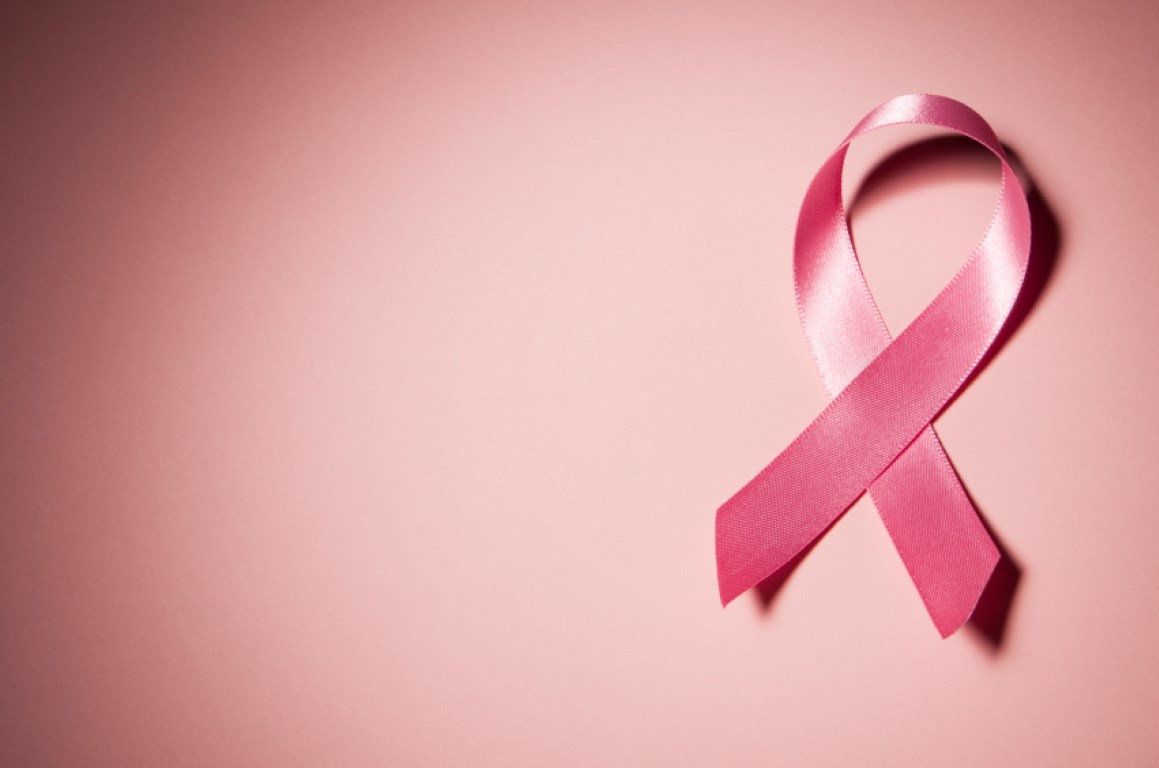Reduced chemotherapy for breast cancer?
June 4, 2018 | Expert Insights

A study published in the New England Journal of Medicine could greatly reduce the number of women who need to undergo chemotherapy as treatment for breast cancer. India continues to have a low survival rate of 66.1%. According to government sources, breast cancer ranks as the number one cancer among Indian females with a rate as high as 25.8 per 100,000 women and a mortality of 12.7 per 100,000 women.
Background
The World Health Organisation defines Cancer as a “large group of diseases characterized by the growth of abnormal cells beyond their usual boundaries that can then invade adjoining parts of the body and/or spread to other organs.” Cancer is the second leading cause of death globally, and was responsible for 8.8 million deaths in 2015. Globally, nearly 1 in 6 deaths is due to cancer. According to estimates by the World Health Organization, new cases are expected to rise by 70% in the next 20 years.
Between 2008 and 2012, the number of women diagnosed with breast cancer increased by 20%, according to the International Agency for Research on Cancer (IARC). The IARC estimates that 522,000 women died in 2012 due to breast cancer. Breast cancer is a growing issue in developing countries, where increasing life expectancy, urbanisation, and the adoption of western lifestyles has increased the prevalence of cancer, according to the WHO. Over 50% of breast cancer cases and 58% of deaths occur in middle and low-income countries.
The survival rates of breast cancer vary across the world, ranging from over 80% in US, Australia, Japan, and Sweden, to approximately 40% in some developing nations. Health agencies state that early detection is the most important means of combating breast cancer. “An urgent need in cancer control today is to develop effective and affordable approaches to the early detection, diagnosis, and treatment of breast cancer among women living in less developed countries,” Christopher Wild, IARC Director said.
Breast cancer in India
Breast cancer is an increasing problem in India. One study found that over 70,000 Indian women had died of breast cancer in 2012. The study predicted that this number could increase to 76,000 by 2020. The Indian Council of Medical Research notes that breast cancer is the most common type of cancer in India. It estimated that there were 150,000 new cases of breast cancer in 2016.
A study published in 2017 found that the rate of incidence of breast cancer in India is 25.8 per 100,000 women. The mortality rate is close to 50%. The rate of incidence is higher in urban areas (41 per 100,000 in Delhi, 37.9 in Chennai, and 34.4 in Bangalore). Some have noted that the age of incidence has begun to shift from 50 to 30 years.
Analysis
Chemotherapy and endocrine therapy are the two predominant means of treating breast cancer after surgery. However, chemotherapy often has harmful side effects such as vomiting, infertility, nerve pain, and hair loss. In some cases, it can result in leukaemia or heart problems.
Researchers have now found a way to identify women who may not need to undergo chemotherapy after surgery. The study, Trial Assigning Individualised Options for Treatment (Tailorx) looked at over 10,000 women between the ages of 18-75. It used the genotyping test Oncotype DX, which predicts risk of recurrence of the disease on a scale of 0 to 100, with 100 being the highest risk of recurrence. Normally, women who receive a score between 0-10 do not benefit from chemotherapy, while women with a risk score of 26 or more are advised to undertake chemotherapy. The Tailorx study focussed on women who fall between 11 and 25 on the scale. Nearly 7,000 of the 10,000 patients' scores fell in this range.
The study only addressed types of early-stage breast cancer that are hormone receptor-positive, HER2-negative, and axillary node-negative. These strains make up approximately half of all cases, lead author Dr Joseph Sparano said. The study found that women over the age of 50 with this type of cancer do not need chemotherapy if they have a score of 0-25. Women under 50 do not need chemotherapy if they have a score of 0-15.
“Our study shows that chemotherapy may be avoided in about 70% of these women when its use is guided by the test, thus limiting chemotherapy to the 30% who we can predict will benefit from it,” Sparano said.
“By stratifying these breast cancer patients and finding that only those with the highest risk of recurrence need to have chemotherapy based on their tumour genetics, Tailorx shows great potential to ensure more gentle treatment without compromising its effectiveness,” said Arnie Purushotham, a senior adviser at Cancer Research UK.
Assessment
Our assessment is that reducing the use of chemotherapy could help ease recovery for women across the globe. In countries like India, a major concern is the lack of awareness of early signs of breast cancer, non-availability of diagnostic centres and the difficulty to access knowledgeable oncologist in tier two and tier three cities.








Comments